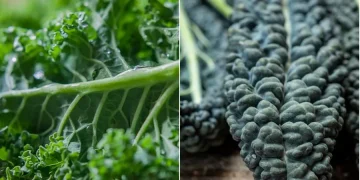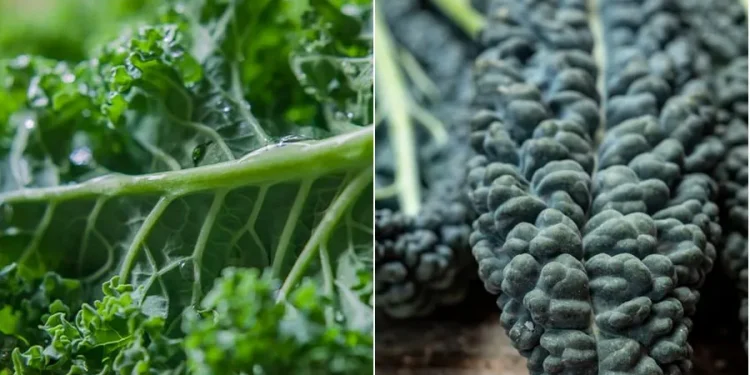Navigating Market Dynamics and Ensuring Quality Amid Abundant Production
Farmers and agronomists involved in vegetable cultivation, as well as entrepreneurs in the vegetable sector, plant protection product managers, fertilizer producers, researchers, and food industry specialists, will find the current kale market in California particularly noteworthy. Ratto Bros, Inc., a prominent grower based in Modesto, California, reports an abundant supply of both green and Lacinato kale, also known as Tuscan or black kale. This year’s yield closely mirrors last year’s output, indicating a stable production trend.
The kale supply extends beyond Modesto, encompassing various regions throughout California, supplemented by local deals across the country that persist until cooler temperatures impact production. This widespread availability ensures a steady supply chain, crucial for meeting the diverse demands of the market.
Kale’s popularity has surged dramatically over the past decade. “Ten years ago, kale was an ornament on a plate and today it’s mainstream because it has a variety of uses with kale salads, kale sautés, soups, smoothies, and more,” says Frank Ratto of Ratto Bros. The leafy green’s versatility and nutritional benefits have solidified its status as a staple in both household and commercial kitchens. The introduction of kale to children from a young age has further cemented its place in the dietary habits of the younger generation.
Ratto Bros has strategically responded to this demand by offering kale in various forms, including bunches, value-added packages, and an organic kale pack. This diversification caters to different market segments, enhancing consumer accessibility and convenience.
Despite the plentiful supply, pricing remains a point of interest. Current prices are slightly higher than last year due to increased agricultural production inputs, particularly in California. The market exhibits a notable pricing disparity, ranging from $10 to $16. “Those with the higher prices are the ones growing it with good cultivation practices, standard operating procedures, and are properly cooling and storing the product to maintain its integrity and have food safety practices in place,” explains Ratto. This highlights the importance of maintaining high cultivation standards and food safety practices to justify premium pricing and ensure consumer trust.
For plant protection product managers and fertilizer producers, the consistent demand for high-quality kale presents an opportunity to develop and supply products that support sustainable and efficient farming practices. Researchers and scientists can focus on innovations that enhance yield, pest resistance, and nutritional value, further strengthening the kale supply chain.
In conclusion, California’s abundant kale production offers significant opportunities for various stakeholders in the vegetable industry. However, navigating the challenges of pricing and maintaining high standards of cultivation and food safety are crucial for maximizing the potential of this nutritious and versatile crop.































